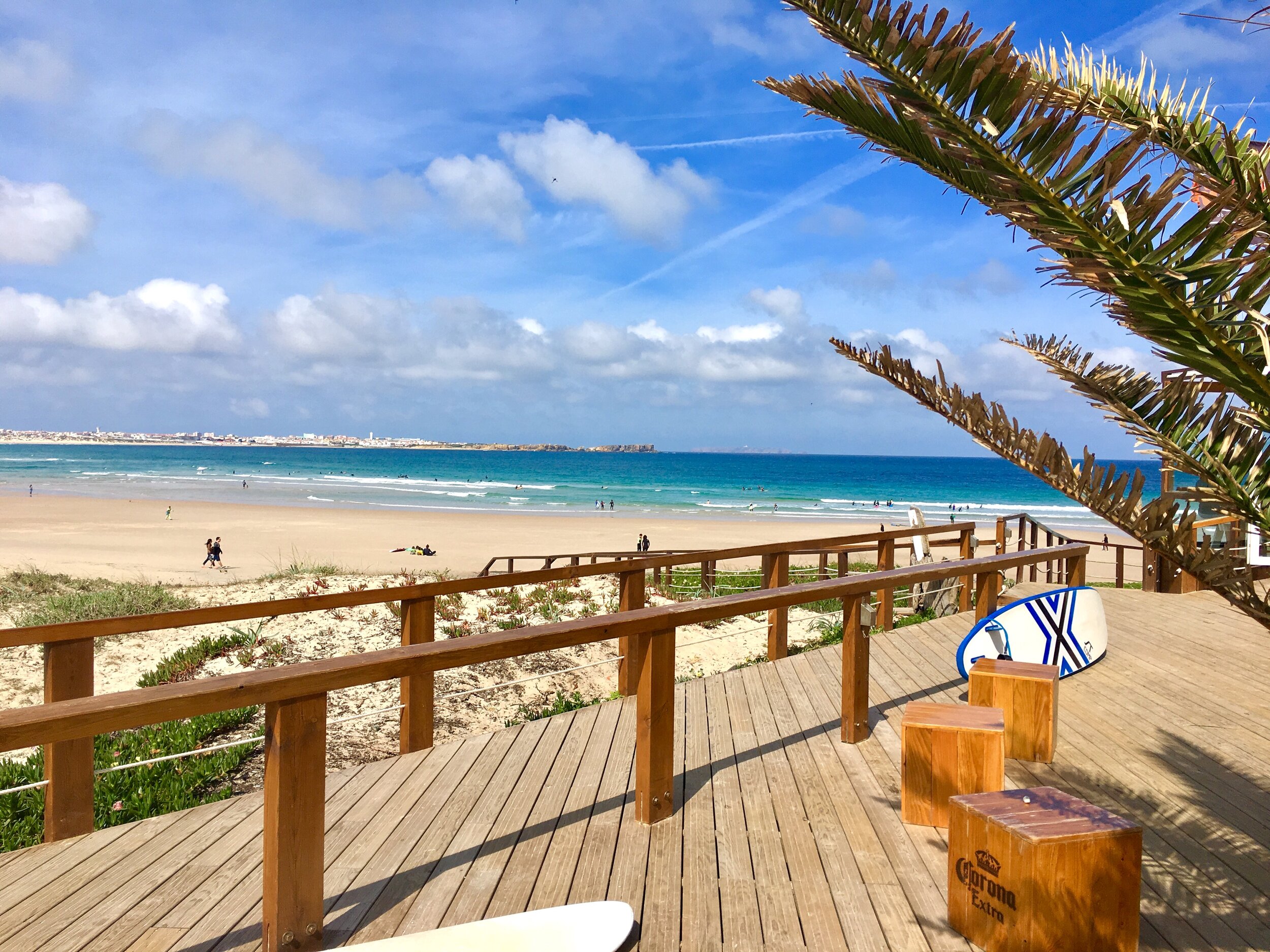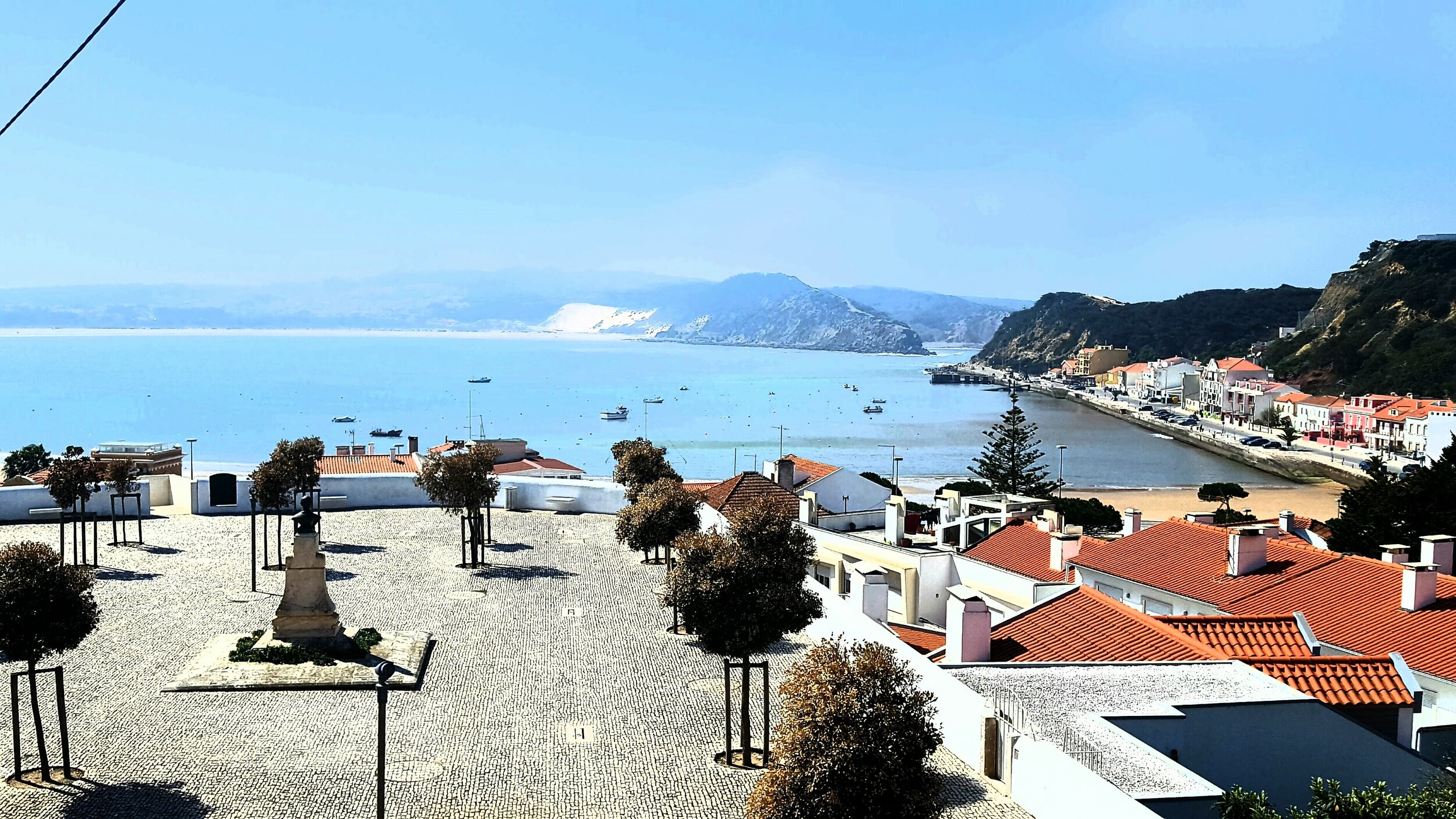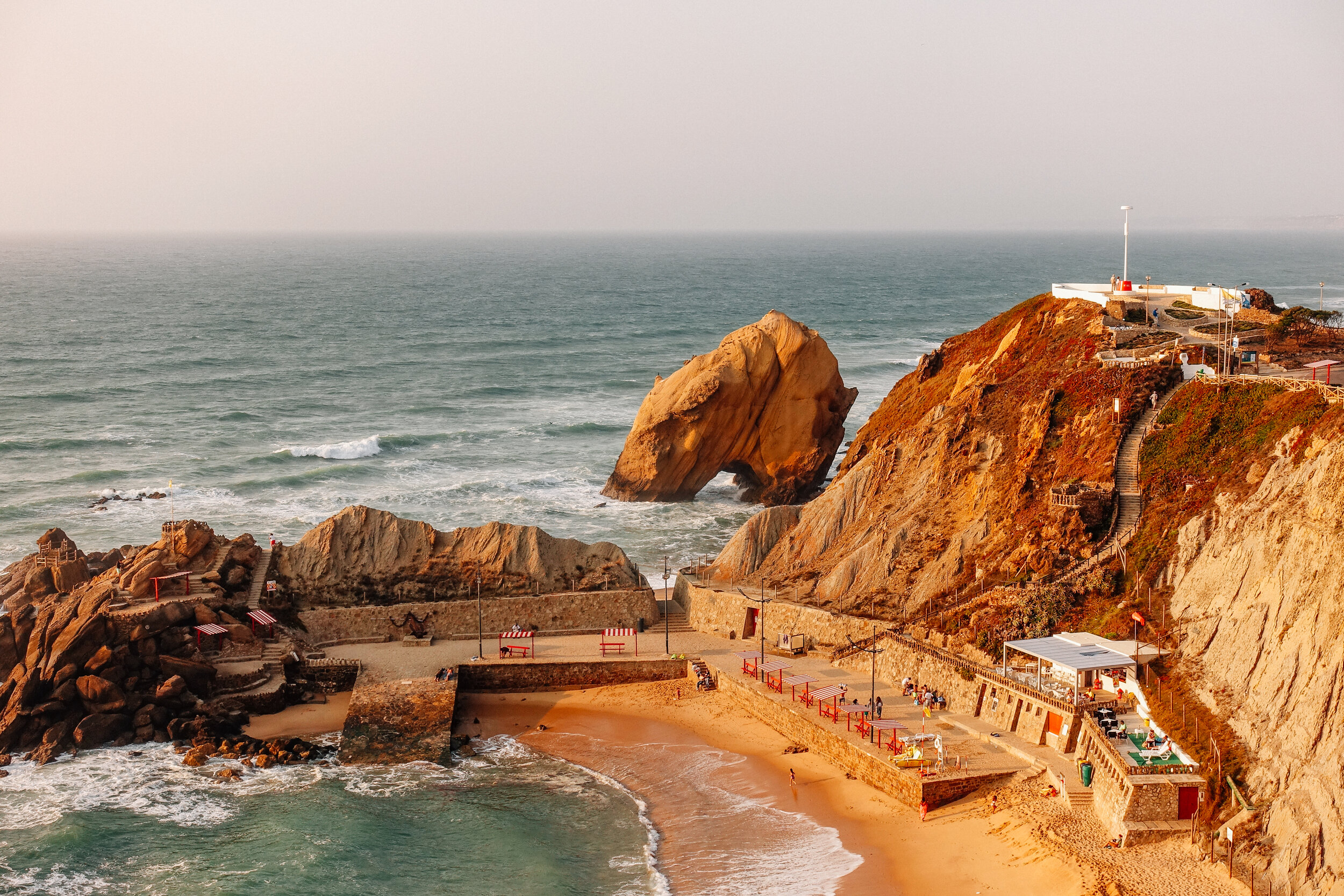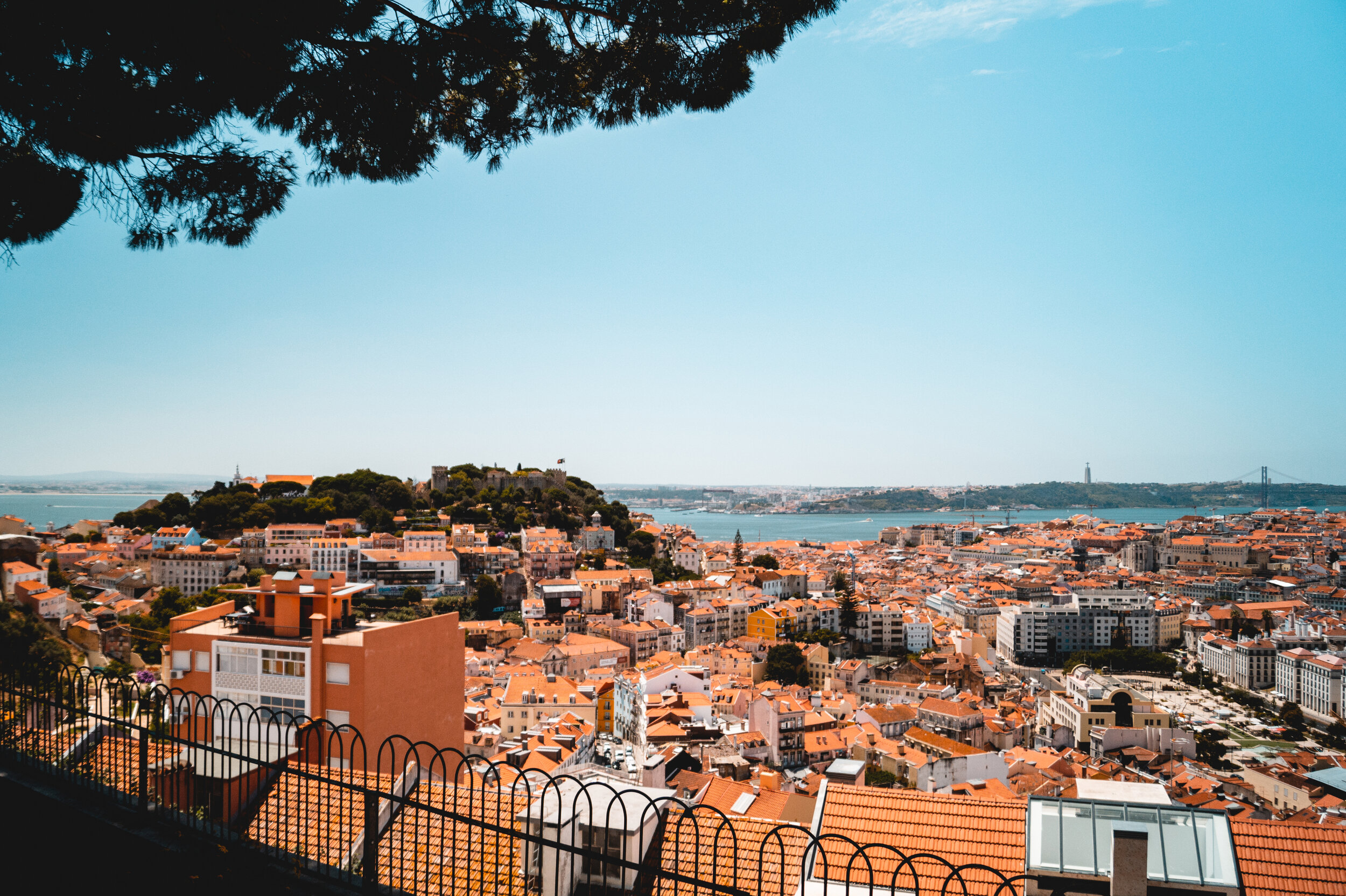Óbidos
Óbidos is only 1h drive north from the capital city, Lisbon.
The town of Óbidos is incredible in its own right. First of all, due to its religious and monarchical history, it’s full of churches and has a well-kept castle in addition to a maze of streets and white houses that will certainly catch your eye. The Manueline architecture exhibited in the porches, flowered windows and small squares, is also a great reason to visit, since it offers good examples of the religious and civil architecture of the golden times. Among the churches and miscellaneous sites, the most notable ones are the Igreja Matriz de Santa Maria, the Igreja da Misericórdia, the Igreja de São Pedro, the Pelourinho and Aqueduct and Sanctuary of Senhor Jesus da Pedra. These are all man-made structures that warrant a visit from anyone. Other than that there’s also the Municipal Museum of Óbidos. Any time is a good time to visit Óbidos, since it’s a very romantic and peaceful town in any given day with any given weather.
Regarding culinary, there is the famous Ginjinha de Óbidos, which can be enjoyed in several places, preferably in a small glass of chocolate. And, you can visit our friends at Jamon Jamon for the best food in town!
Talking about events, there’s a huge range of them present throughout the year. The most popular ones are the International Chocolate Festival, the Medieval Festival and and the Christmas Market, a season when the town is decorated with motifs alluding to the holiday.
Caldas da Rainha
Its name stems from the thermal spring much appreciated by Queen D. Leonor, wife of D. João II, king of Portugal in the 19th century. She had the opportunity to prove the healing properties of these waters when it healed a wound that had not healed for a long time, after trying various treatments. The city has developed around this Thermal Hospital, which, after five centuries of existence, continues to receive hundreds of visitors every year who in these spas seek treatment and rest. In Praça da República [popularly known as "Praça da Fruta" (Fruit Square)], every day, in the morning, in the open air, there is the only daily horticultural market in the country, basically unchanged since the end of the 19th century. Pottery is a strong artistic presence that still shapes the image of Caldas. The ceramic tradition of this city is lost in time. Figures such as Maria dos Cacos, Manuel Cipriano Gomes (the “Mafra”), Francisco Elias and Rafael Bordalo Pinheiro, gave the ceramics of Caldas the characteristics that celebrate it. Other arts, such as painting and sculpture, have confirmed Caldas da Rainha as a center for fine arts. Visit its Museums if you want to visit authentic living cultural spaces. Caldas da Rainha has, on its seafront, the beaches of Salir do Porto and Foz do Arelho. The latter, privileged by its nature that, emerging between the Óbidos Lagoon and the Sea, becomes the ideal place for water sports and fishing. In contrast to the coast, there are rural landscapes, full of history and rich in trees, where a prosperous agriculture in fruits and vegetables supplies the traditional fruit market daily. Its hardworking and hospitable people, living mainly from agriculture, the ceramic industries and commerce, offer those who visit it the warmth of its welcome and its five centuries of history, full of nobles and great events.
Peniche
Peniche and the sea are inextricably linked. It is one of the largest traditional fishing ports in Portugal and a major Atlantic center for maritime-tourist activities. Before reaching the beach, the visit to Peniche must include a passage through the historic center. In addition to the Sanctuary of Nossa Senhora dos Remédios, the Churches of São Pedro and Misericórdia, there is also the Fort of Peniche, built in the 16th/17th century to defend the coast in intersection with the Forte da Praia da Consolação and the fort on the Ilha das Berlengas. What attracts tourists to the city of Peniche are the Berlengas Archipelago (which you can get to by boat), the São João Baptista Fort and the beaches that also bring more and more people, Portuguese and foreign, in search of emotions and strong waves provided by the wonderful sea. But Peniche is not just about the sea. The city has a lot to offer, from monuments to museums and its gastronomy, be it fish dishes or typical sweets.
São Martinho do Porto
Currently, the village consists of two distinct parts; the lower part, next to the beach, more suited to tourist activity and the upper part, where there are traditional houses and the main church.
The parish has one of the most beautiful beaches in the country, a bay, in the shape of a scallop, with calm waters and fine white sand. São Martinho do Porto was even considered the best beach to go as a family in the 2015 eDreams beach guide. The bay is only connected to the sea through an opening of a few meters. Hence the waters are calm, great for children and even better for competitions in sailing, windsurfing or canoeing. The waterfront, where parking is difficult, has numerous cafes, restaurants and terraces. A narrow pedestrian tunnel gives direct access to the ocean, from the dock area. There are a few tourist like attractions, like for example, the viewpoint located on the Santo António hill, which offers a privileged view of the bay. The morro de Santo António Lighthouse, which in the old days, was located next to a fort that defended the entrance to the bay, it is part of a guidance system for sailors that includes two lighthouses located in the dunes. The tunnel is also very interesting since it is a pleasant walk in which you can feast your eyes upon the opposite sides of the tunnel providing a sublime experience. On one side, the calm waters of the Bay, on the other, the choppy waters of the Atlantic Ocean that hit the rocks with violence. The is also the Largo Engenheiro Frederico Ulrich garden, which is a green leisure space dedicated to children. If you want more breath-taking views, there is also Largo José Bento da Silva Viewpoint, privileged with a view over the Bay and direct access to the Ascensor do Outeiro. This village also features, what once was the largest dune in Europe, the Dune of Salir stands out in the dune landscape of the Bay of São Martinho, with an altitude of approximately 50m and 200m in length. The core of the Dune is partly made up of red sandstone, a trace of an older dune.
Nazaré
There’s a lot you can do in Nazaré. You can enjoy the spectacular view from the Suberco viewpoint, visit the São Miguel Arcanjo Fort, a tribute to Praia do Norte surfing, take a glance at the Church of Nossa Senhora da Nazaré and its unique statue of Mary, eat freshly caught fish at a restaurant overlooking the ocean or just stroll along Avenida da República along Praia da Nazaré. In Nazaré, there is a single huge beach, Praia da Nazaré, which extends for 1.5km from the small peninsula of Sítio. The beach has soft golden sand and is of a very high standard, but the sea waters are surprisingly cold, reaching only up to 18C in the summer. The beach is supervised by lifeguards, but caution is always necessary, as there are powerful water currents and waves. The beach has a number of water activities, including stand up paddle boards, kayaks and jet skis that can be rented at the port. The village of Sítio da Nazaré and the small peninsula of Sítio contain the prominent tourist attractions of Nazaré, and are the areas to be explored on a day trip. Sítio da Nazaré is located at the top of Monte Sítio and the village has a beautiful historic center along with wonderful views of the coast. In the center of Sítio is the large baroque church called Igreja Nossa Senhora da Nazaré, which has an ancient statue of the Virgin Mary. The statue is believed to have been sculpted in Nazaré (Israel), and its arrival in Nazaré (Portugal) gave the city its name. At the western tip of the small peninsula of Sítio, the Nazaré Lighthouse and the São Miguel Arcanjo Fort are located. This area is defined by extreme surf and waves from Praia do Norte. Inside the fort, there are informative exhibitions on the region's surfing culture, including surfboards and images of extreme surfing. So, if you like water sports you should definitely give Nazaré a bit of your time.
Santa Cruz
Santa Cruz is a fishing town in the parishes of Silveira and A dos Cunhados, in the municipality of Torres Vedras, in Portugal. It is known mainly for its beach and for its summer Carnival. It is a favourable place for most wave sports, where the "Ocean Spirit" festival takes place every year, where wave sports are held international circuits of different modalities. In addition to Santa Cruz Beach itself, others stand out: Amoeira, Formosa, Guincho, Azenha, Santa Helena, Centro, Norte, Physica, Pisão, Mirante and Navio. The purity of the waters and sands and the characteristic beauty that the picturesque rocks give it, make Santa Cruz a very popular seaside resort. In the extreme south, the cliffs of Ponta da Vigia initiate a set of rocks, of which Penedo do Guincho stands out, being 30 meters high. Overlooking these rocks, there are curious terraces, from which, on days with a clear atmosphere, you can admire a vast panorama that includes the lighthouse of Cabo Carvoeiro and the Berlengas Islands. Equipped with support infrastructures that include a swimming pool and an Olympic shooting pit, the entertainment during the summer season is completed by tourist flights from the local airfield and a series of events.
Lisbon
Last but not least, one can have quick access to Lisbon. The Portuguese Capital. Where you can start the day with coffee at Pastéis de Belém, for the most typical Portuguese sweets you’ll ever find. There are several places to visit and most of them are within walking distance. Don't miss the Torre de Belém, the Mosteiro dos Jerónimos and the Padrão Dos Descobrimentos. From there, walk along the Tagus River and you will find MAAT - Museum of Art, Architecture and Technology. It is a building of contemporary architecture that is worth seeing up close. Then, cross the suspended walkway to the National Coach Museum. One can also take the subway to Parque das Nações, ride the cable car, have a beautiful view of the Tagus and visit the Oceanarium, which is among the largest in Europe, an especially cool ride if you are with children. There’s also Vasco da Gama Shopping Center, a well-structured shopping mall, which is connected to the park and the subway. You can also wake up very early to go to Rossio station to take the train to Sintra, where you will visit beautiful attractions, such as Palácio da Pena, Castelo dos Mouros, Quinta da Regaleira and other wonderful historic buildings. The options are limitless. We advise you to consult a complete guide to get the most out of this fantastic city.








